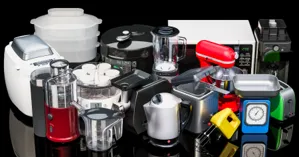
Is your electricity bill high, and you’re trying to figure out why? Many culprits eat up electricity. Some are large, but many are small devices you don’t think of using much electricity. It's a known fact your air conditioner or a space heater drives higher energy costs. We’ve found nine other devices that can cause your electricity bill to skyrocket. These devices significantly contribute to overall electricity costs and can lead to high energy bill costs.
1. Modems
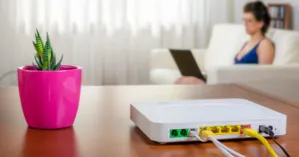
This small piece of equipment doesn’t use a lot of electricity, but it’s always turned on - even when it's in standby mode. This is what’s called an energy vampire since it constantly sucks energy. It uses 7.7 watts of energy when it’s in standby mode and 10 watts when it’s active per hour.
2. Phone Chargers
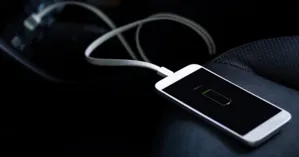
A phone charger doesn’t use a lot of energy either, but considering it’s on standby all night, it adds up to .26 watts and 3.7 watts if you use it when it’s plugged in per hour. To understand how much electricity this actually consumes, think about the cumulative effect over time, which can contribute to your overall energy usage.
3. Laptops

Laptops can definitely lead to a higher electric bill. Although they can operate on batteries, they still need to be charged. On standby, they use 4.2 watts per hour. When active, they run up to 100 watts per hour, contributing significantly to overall electricity usage. Most laptop's have energy efficient settings that you can enable so take advantage of those to decrease your home's energy usage.
4. Desktop Computers

A desktop computer requires a lot of energy to run. It consumes 5.4 watts per hour when on standby and 450 watts hourly when active, contributing significantly to the overall energy consumed.
5. Microwaves

Microwaves suck up the energy. Fortunately, they’re seldom on for more than a few seconds. But on standby, they use 2.4 watts but increase to 1,500 watts per hour, which can significantly impact your energy bills.
6. Washing Machines
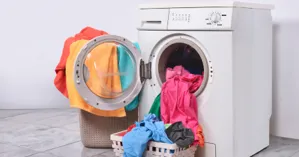
A load of clothes can cost you. A washing machine costs 2.6 watts when at rest and goes up to 2,100 when active, significantly impacting your home's energy consumption.
7. Water Kettles
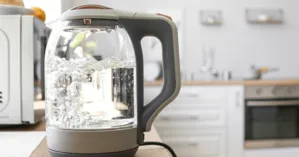
Water kettles are another one that don’t remain on for long. But when they are on, they use quite a bit of energy. At rest they use .3 watts per hour, but when they’re on they use 3,000 watts per hour, significantly impacting energy usage.
8. Clothes Dryers

Dryers are plugged in all the time, so you can’t help their energy vampire ways. They use 2.6 watts per hour at rest, but they use a whopping 4,500 watts per hour. Consider they’re usually drying for over an hour; that’s a lot of electricity, significantly impacting your monthly electricity bill.
9. Dishwashers
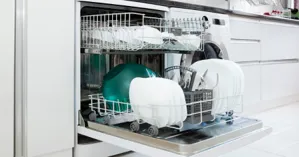
Your dishwasher eats up three watts per hour while on standby. However, it also increases significantly when in use. It comes in at 1,275 watts per hour when it’s active, which can substantially impact your energy bill. Those are expensive dishes.
Conclusion
You can see why your electric bill is high. If you’re keeping devices plugged in, the wattage can add up quickly. Also, having multiple power strips plugged in, especially with using multiple devices listed above doesn't help you save money. Ensure you have full loads for your dryer, washing machine and dishwasher so you conserve electricity. Those three will make your electric bill skyrocket. Reducing energy consumption by unplugging appliances and using efficient practices can save energy.





